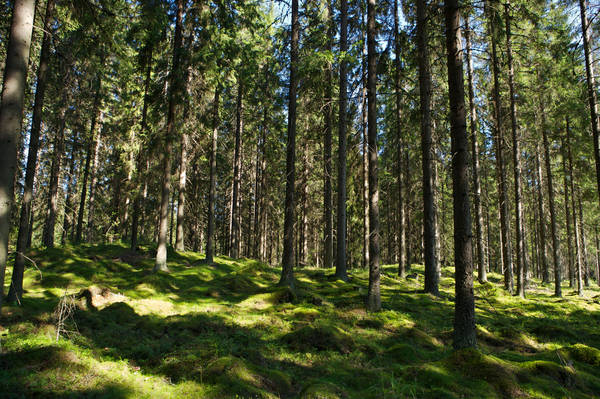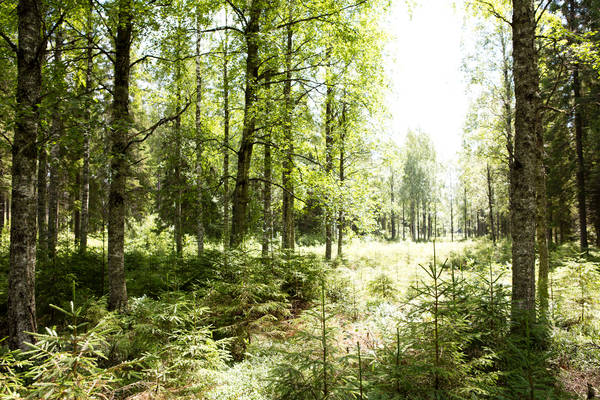According to Sawyer this is where Smart Forestry℠ comes in. "White spruce is still the predominant tree species today. But we're planting it today in ecosystems where it occurs naturally." Among the approximately 600,000 trees planted annually by UPM Blandin, red pine, balsam fir, white pine and other species are increasingly being planted.
In concrete terms, Smart Forestry℠ means only planting trees that will thrive in an area – depending on the soil, wind, precipitation, vegetation and relief. This creates forests with many tree species, trees of different ages and sizes. "In the long term when the trees have reached maturity this strategy is also economically worthwhile. It limits the risk of loss significantly and protects the forest as a resource infinitely better," says Sawyer Scherer.
This approach is flanked by a life-cycle concept, which Scherer's team uses to study the development of trees from seedling onward and evaluate the effects of spacing regulations or regeneration harvests. In this way, valuable habitat criteria are integrated into forest planning. The conservation of deadwood as an area for lichens, mosses, fungi and animal species also plays a key role.


While monocultural concepts (photo left) were predominant for a long time,
diverse forestry (right) has become more important nowadays, due to climate change
Word of Smart Forestry℠ has long since raised interest and sparked discussion throughout the industry. Sawyer's team regularly exchanges ideas with scientists and forest managers across the region, as well as other UPM sites and shares their experiences in forums such as the Forest Responsibility Network. The UPM Blandin team's aspiration serves as a blueprint for as many as possible on how to future-proof our forests.
A long-term strategy rules
What can others learn from Smart Forestry℠? "The most important thing is to have a long-term business strategy," sums up Sawyer Scherer. UPM pursues a policy strategy that ensures the land remains intact, is maintained as a working forest and not developed. This allows UPM forest managers to take a long-term view of management, precisely because the forest cannot be used in any other way. "And last but not least, Smart Forestry℠ is also an important tool in mitigating climate change – by maintaining intact forests that remove CO2 from the air and thus play a crucial role in sequestering carbon emissions."